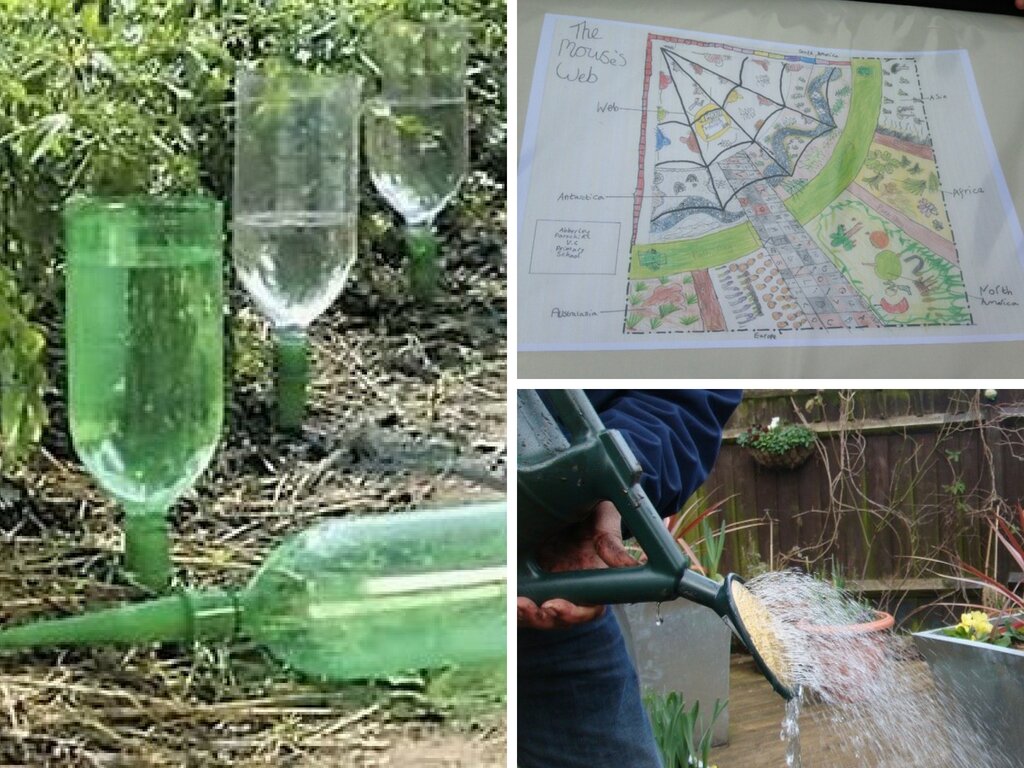
Don’t be fooled by the change in the season, there is still plenty to do outside at this time of year! Your raised beds or open garden spaces can still produce food and there are lots of different crops that can be sown over the Autumn term.
Autumn Crops
Why not give Perpetual Spinach, winter salads, winter Lettuce, Asian Greens or Chard a go, whilst the soil is still warm in October? This will give you some great tasting, fresh food this term.
Winter Crops
There are also crops that can be grown over the winter months that will be ready for eating in the Spring, such as onions, broccoli, kale and broad beans, so get prepared by getting those ready now.
Your Autum Term task list
Not sure where to start? Here’s a list of things you can do with your pupils to get back into the school garden this Autumn:
- Form a team: get a gardening club of pupils, teachers and parents together to help you.
- Survey your site: how is it looking now that summer is a distant memory? Do some of your old crops need pulling out? Have some weeds moved in? Have a good tidy up and give the soil a fork over and rake.
- Seed Saving: If you grew runner beans or tomatoes over the summer, why not try some seed saving? Beans or Peas can be cut at the base, taken into the school and hung in a dry place, like a cupboard and dried. In a couple of weeks, the pods can be split, and the beans can be collected. Place them in a sealed plastic sandwich bag and put it in a cool place. These will keep until the following spring, when you can sow them around May.
- Seed saving tip: remember to label and date your beans as this is good gardening practise. If you have some tomatoes coming to an end, scrape out the seeds, wash them in water and rinse the out through a sieve. Dry them on some kitchen towel and once you are happy they are dry, put them in a small jar, label and store them in a cupboard ready for next year.
- Compost: if you have a compost heap or bin, it’s a good idea to gently give it a turn with a garden fork – being careful to not to harm any wildlife that may be in there. This compost will be invaluable to your soil in the spring.
Starting a compost bin: If you haven’t got a compost bin up and running yet, collect some of the falling leaves now and put them in black bin liners. Put some holes in the liners and let the leaves rot down gradually. This ‘leaf mould’ as it’s known is great for soil structure and could be the start of your compost bin.
- Grow green manure: If you don’t plan to use all your garden space over the winter, you could use your spare space to grow some green manure. This is a crop you can sow thickly onto the soil; it will grow and help protect the soil from erosion and from weeds. Dig it in the spring and it will have real benefit for soil health, providing nutrients and improving the structure of the soil, helping drainage and making life easier for plant roots.
Top tips for growing green manure:
A great crop for this is Field Beans, they are part of a plant family known as Legumes and they have a special relationship with bacteria called Rhizobium that lives on their roots. These Bacteria fix Nitrogen from the air in return for sugars from the plant, which helps keep the soil healthy. Soil health and legumes would make a great subject to study in science and can be done alongside your work in the garden. One important piece of advice when planting green manures is to make sure you dig them in before they flower, therefore retaining maximum goodness for the soil.
- Re-organise your space: The autumn and winter are also a great time for moving any plants that you feel are in the wrong place. A bit of re-organisation might help you free up some valuable space, to sow new perennial plants such as shrubs, fruit or trees. Whether moving or planting new plants, make sure you are as gentle as possible with the roots, this will make sure they get a strong, healthy start the following spring.

- Don’t forget the wildlife! Keep those birds fed and watered throughout the cold months, they are important to the garden and they need a bit of help from us too. You can encourage more wildlife into your school grounds by building a bog garden. A shallow hole or pit lined with a rubber pond liner that is punctured in a few places will make a great little bog garden. Do some homework to find out what kind of plants will like to grow in a bog garden and place in some rocks to give some cover to hibernating frogs and toads. These great creatures will help keep your slugs and snails in order next year.
Happy gardening!
Chris Collins, Head of Horticulture, Garden Organic





